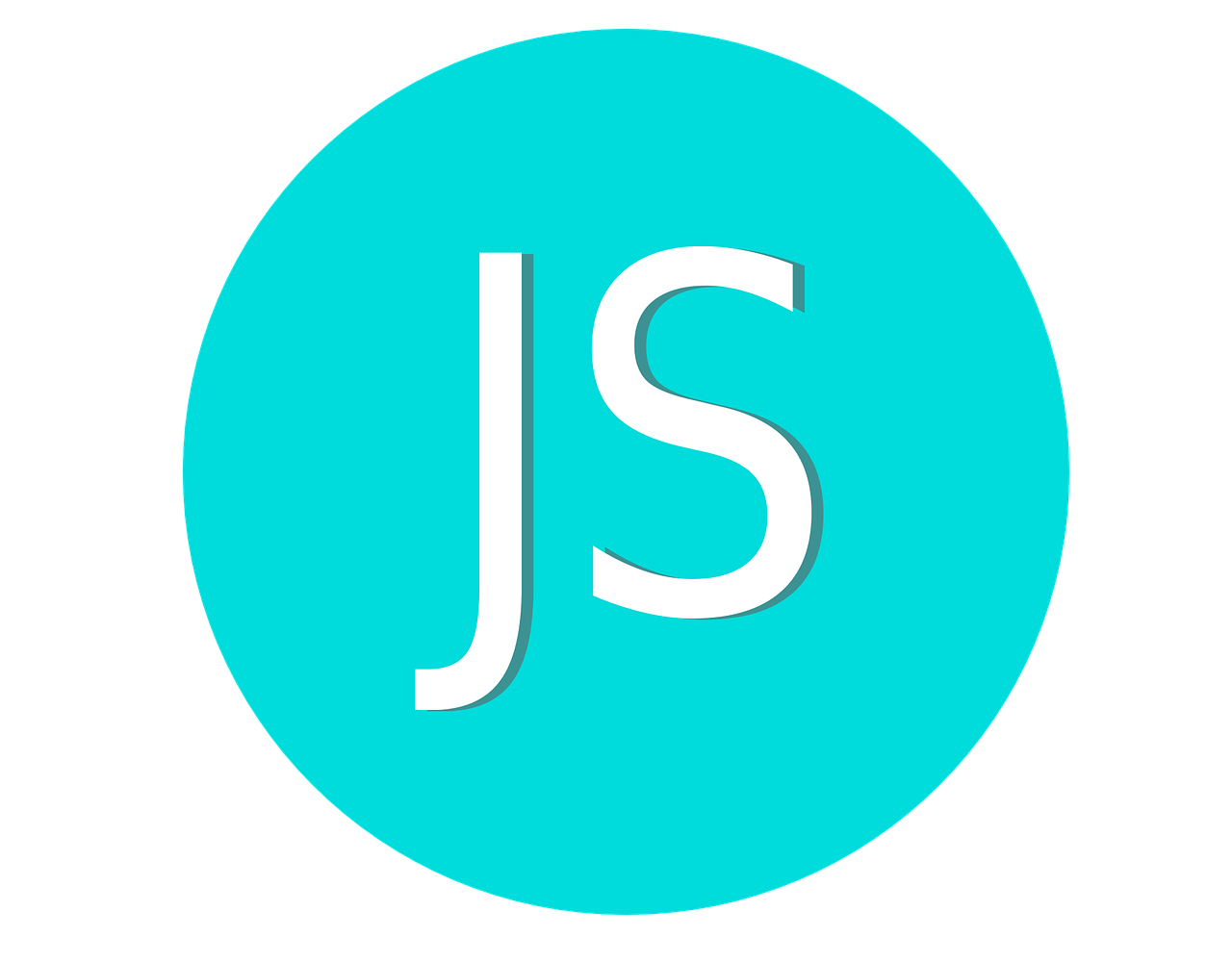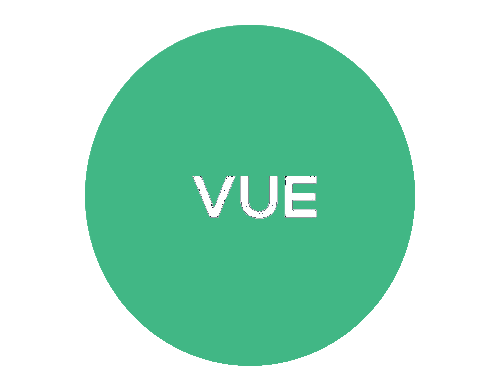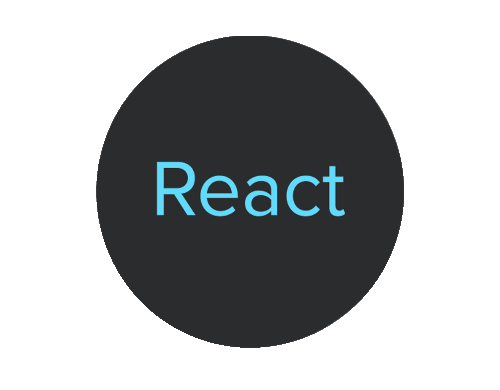In JavaScript, a switch statement is a control flow statement that allows you to execute different code blocks based on the value of an expression. A switch statement tests the value of an expression against multiple cases. It is an alternative to using multiple if-else statements.
switch (expression) {
case value1:
// Code to be executed if expression matches value1
break;
case value2:
// Code to be executed if expression matches value2
break;
case value3:
// Code to be executed if expression matches value3
break;
default:
// Code to be executed if expression doesn't match any of the cases
break;
}
In this example, the variable grade represents the grade of a student. The switch statement checks the value of grade and assigns a corresponding message to the message variable.
If grade is set to "B", the output will be "Good job!".
let grade = "B";
let message;
switch (grade) {
case "A":
message = "Excellent job!";
break;
case "B":
message = "Good job!";
break;
case "C":
message = "Fair job!";
break;
case "D":
message = "Needs improvement.";
break;
case "F":
message = "Failed.";
break;
default:
message = "Invalid grade.";
}
console.log(message);
Switch statement with dynamic user input
var fruit = prompt("Enter a fruit:");
switch (fruit.toLowerCase()) {
case "apple":
console.log("The fruit is an apple");
break;
case "banana":
console.log("The fruit is a banana");
break;
case "orange":
console.log("The fruit is an orange");
break;
default:
console.log("Unknown fruit");
break;
}
Switch statement with a dynamic expression
function getVehicleType(vehicle) {
switch (true) {
case vehicle instanceof Car:
return "Car";
case vehicle instanceof Motorcycle:
return "Motorcycle";
case vehicle instanceof Bicycle:
return "Bicycle";
default:
return "Unknown";
}
}
function Car() {}
function Motorcycle() {}
function Bicycle() {}
var vehicle1 = new Car();
var vehicle2 = new Motorcycle();
var vehicle3 = new Bicycle();
console.log(getVehicleType(vehicle1)); // Output: Car
console.log(getVehicleType(vehicle2)); // Output: Motorcycle
console.log(getVehicleType(vehicle3)); // Output: Bicycle
console.log(getVehicleType("boat")); // Output: Unknown



